“Stop Using Rhino Horn” campaign launched
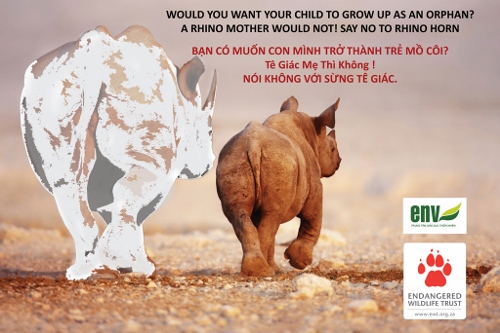
This is an international campaign in the framework of the program “when the buying stops, the killing can too”, which will be carried out in Vietnam over three years from March 2014 in order to raise awareness of the community about conservation and the minimization of wildlife product usage.
“We are committed to support this meaningful campaign by using our communication channels to change behaviours and educate the public on laws related to endangered species, and join with international communities in saving these species for an ecologically balanced Earth,” Mr. Truong Minh Tuan, Vice Minister of the Ministry of Information and Communications, said at the launching ceremony.
The largest markets for rhino horn in the world are Vietnam and China, where it is used as a form of traditional medicine. According to an investigation conducted by Education for Nature – Vietnam (ENV), in Vietnam, rhino horn is believed to help reduce toxins and heat in the body, treat fever, improve one’s general health and prevent disease. Rhino horn is also rumoured to help treat cancer or reduce the side effects of cancer treatment.
In addition, use of rhino horn has also become somewhat of a status symbol for some people who are members of wealthy and successful class by using expensive ‘medicines’.
However, rhino horn is keratin, the protein in human fingernails and horn of buffalos. There is no scientific evidence it cures diseases or ailments. If we buy only a small piece of rhino horn, we have to pay for the killing of an rhino.
If you see rhino horn advertised and traded, inform a local authority or call free hotline 1800 – 1522 or send email to hotline@fpt.vn to prevent illegal action.
What the stars mean:
★ Poor ★ ★ Promising ★★★ Good ★★★★ Very good ★★★★★ Exceptional
Latest News
More News
- Going green to save a bundle (June 08, 2015 | 10:00)
- Green buildings: the rising trend (June 02, 2015 | 09:41)
- Green buildings – key to sustainable urban development in Vietnam (May 18, 2015 | 17:00)
- Feed-in tariffs continue to haunt green energy prospects (December 15, 2014 | 10:47)
- Building material types intrinsic to green ratings (December 09, 2014 | 11:56)
- Turning an eco- smart dream into reality (December 09, 2014 | 11:55)
- Green products enjoy a growing presence at Vietbuild Hanoi 2014 (December 01, 2014 | 10:06)
- Country profits from green building (November 24, 2014 | 11:02)
- Firms flout enviroment laws (November 17, 2014 | 10:48)
- Energy efficient sticks and carrots (November 10, 2014 | 15:30)


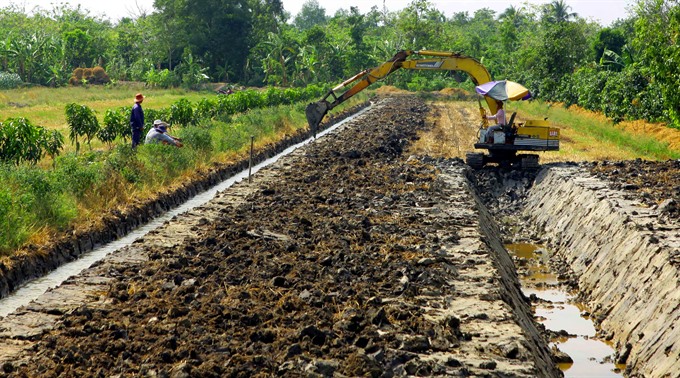
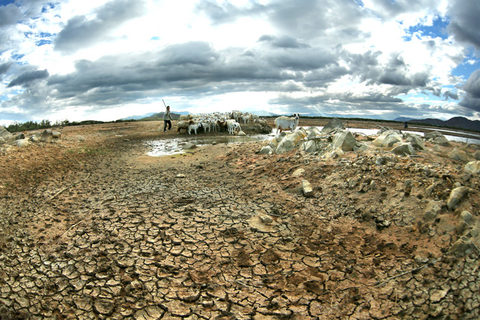
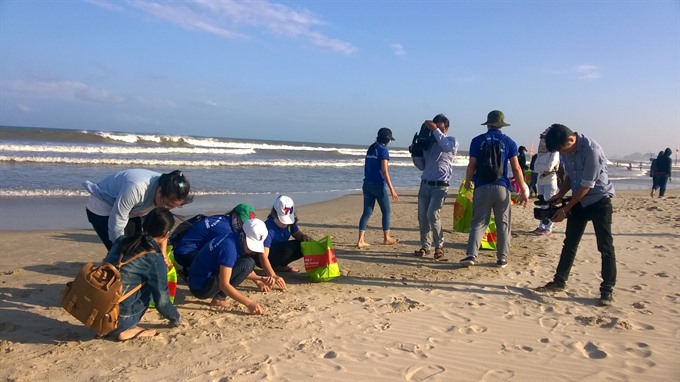
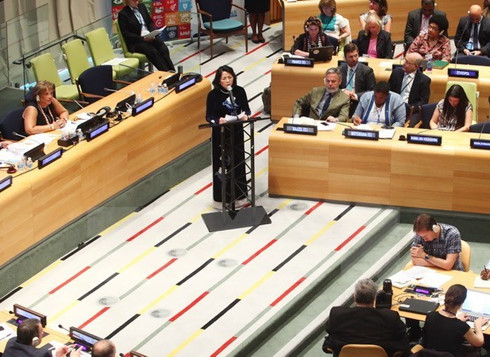












 Mobile Version
Mobile Version